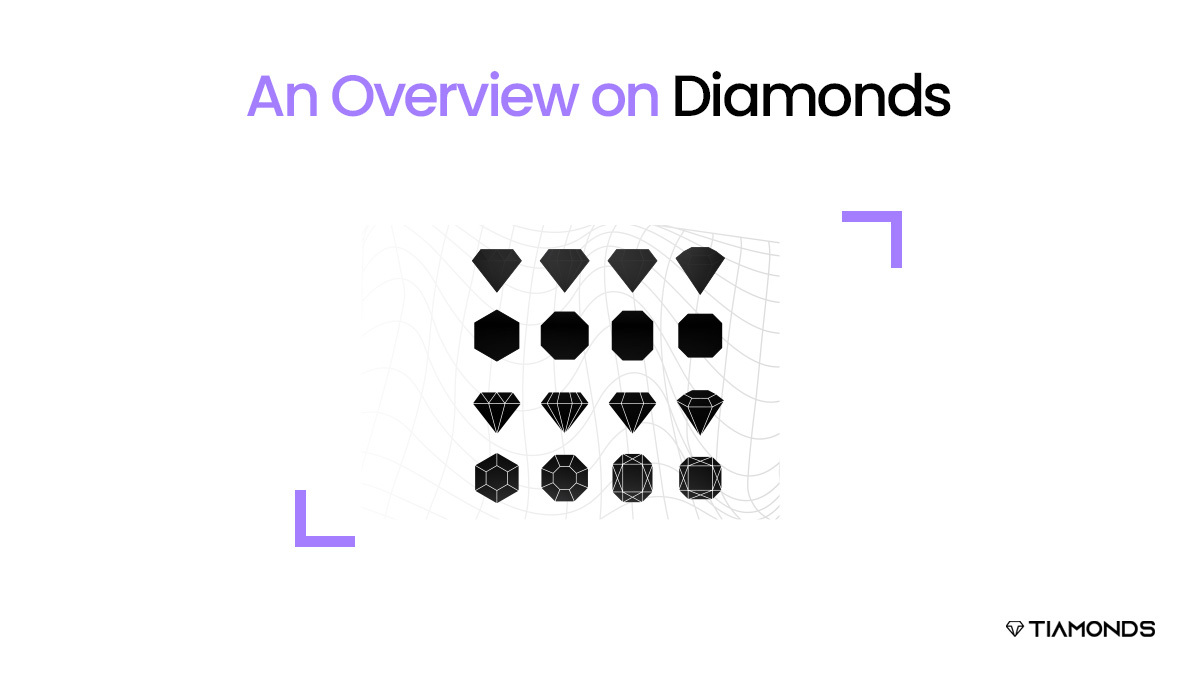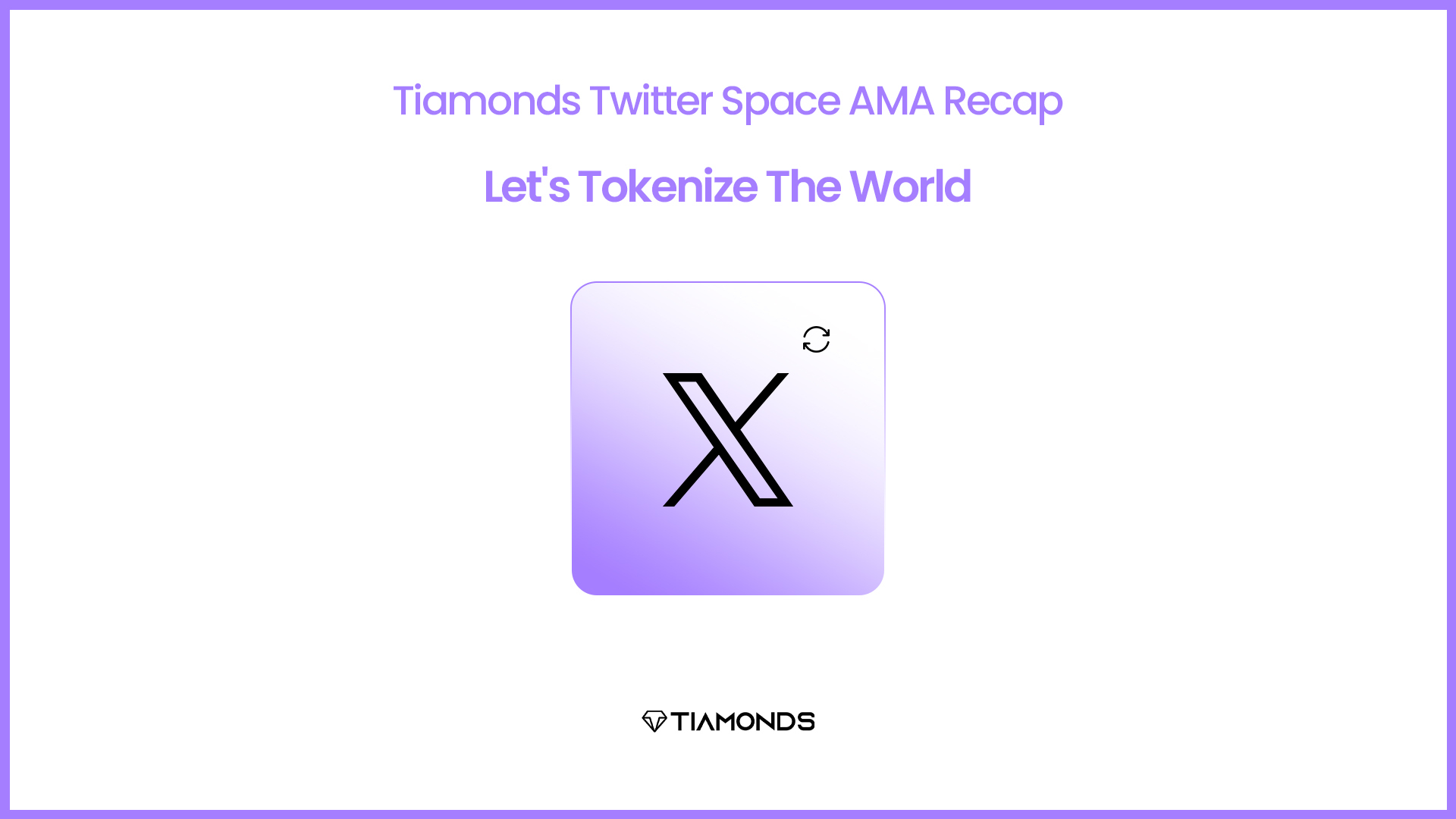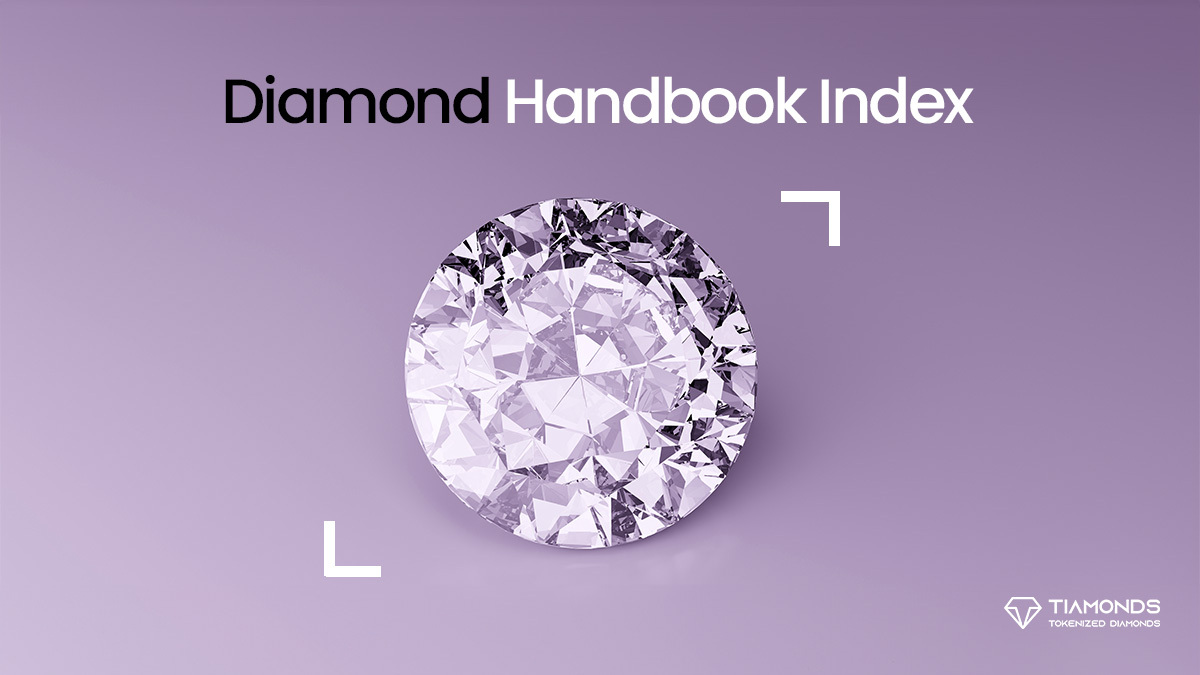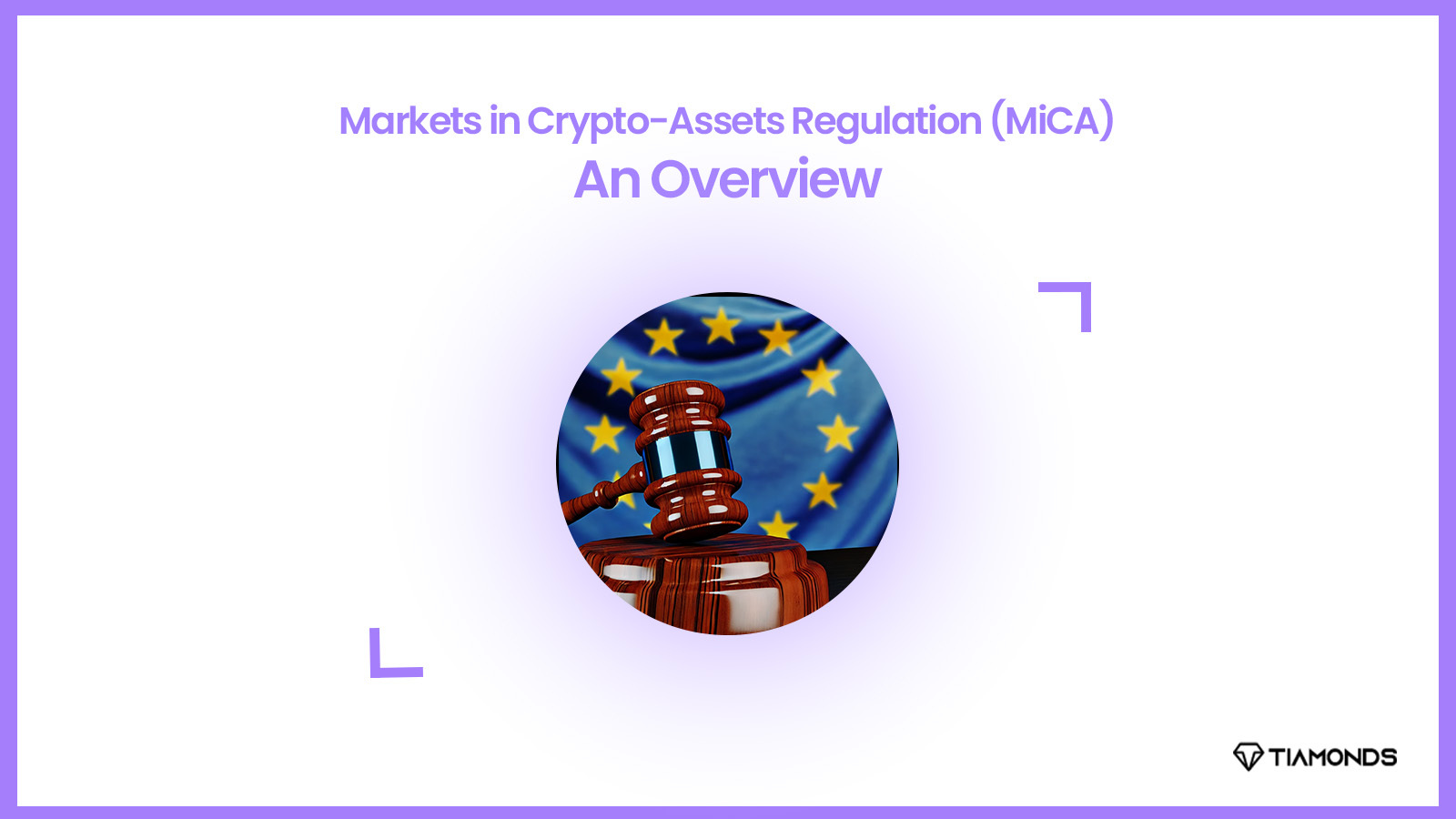Diamonds, the epitome of luxury and splendor, have mesmerized the world for centuries. Not only are these fascinating gemstones treasured for their inherent attractiveness, but they also possess cultural significance. Let’s learn what all should be kept in mind before investing in these precious stones through this comprehensive guide to diamonds.
How to Choose a Diamond?
The essential factors consist of the 4C’s
Cut
The cut is a particularly essential aspect when purchasing a diamond. Without light, reflection, and sparkle, diamonds lose their value, and even the most exceptional diamond looks colorless if not shaped correctly. When cut optimally, a diamond reflects the light entering through its top back towards the human gaze through its facets, making it shine brilliantly. If a diamond’s cut is too shallow, light will flee through the bottom.
If the cut is excessively deep, light will escape through the side. Consequently, ensuring that the diamond has the optimal cut is essential for obtaining a magnificent stone that will shine for generations.
Color
After cut, color is the second-most significant factor in selecting a diamond. The finest diamonds are completely colorless, whereas lower-quality diamonds typically have a faint yellow hue. The Gemological Institute of America (GIA) uses a scale ranging from D (colorless) to Z (light yellow or brown) to classify diamonds. Even though the hue of D-Z diamonds may fluctuate, they are all classified as white diamonds.
The somewhat peculiar scale (beginning with D) is derived from an antiquated system for grading diamond color as A, B, and C. On the GIA diamond chart, there are six categories, with color grades ranging from completely colorless to pale. D-rated diamonds are the finest and have no discernible color, whereas G- and H-rated diamonds are virtually colorless and, due to their lower prices, are an excellent value for those on a budget. As one moves further down the chart, the yellow hue becomes increasingly apparent. D-F diamonds are the rarest absolutely white diamonds, while G-H and I-J diamonds are the finest budget options with no visible color. This guide to diamonds covers aspects of colored diamonds as well. Lets deep dive into the comprehensive guide to diamonds.
Colored Diamonds
Very few diamonds are uncommon and valuable due to their intense color. In contrast to white diamonds, these diamonds are valued for the brightness and depth of their color. With these diamonds, clarity and proportions of the cut are less essential, as the goal is not the brilliance of a perfectly white and transparent diamond. The four characteristics of colored diamonds are as follows:
Colour – Color intensity, or the depth or richness of color, is the most significant factor to consider when selecting a colored diamond. The greater the intensity of the diamond’s color, the scarce and more valuable it will be.
Carat – After color grade, carat weight has the greatest impact on colored diamond prices. As colored diamonds are uncommon, it is even more uncommon to discover a large one. Consequently, the value of massive colored diamonds increases. Because of this, diamond prices increase exponentially with carat weight.
Clarity – Due to the characteristics of colored diamonds, it is less essential than it is for a white diamond. The diamond’s color hides inclusions and flaws, which is why this is the case.
Cut – Colored diamonds are cut predominantly to highlight their color. This is in contrast to colorless diamonds, which are often cut to maximize sparkle or luminosity, which can sometimes distract from the natural color of colored diamonds. Despite the fact that colored diamonds remain shiny, color is the most significant factor when they are cut.
Diamond Clarity Guide
FL – Flawless
These diamonds are only 1% of all diamonds and have no visible flaws or inclusions under 10x magnification.
IF – Internally Flawless
These diamonds have no visible inclusions under 10x magnification, but they may have minor surface flaws.
VVS – Very, very Slightly Included
VVS Diamonds have minute inclusions that are challenging to detect even with 10x magnification. A VVS 2 includes a few more pixels than a VVS 1. Even though they are classified third, these diamonds continue to be regarded as excellent.
VS – Very Slightly Included
These are excellent, middle-of-the-road diamonds with minimal inclusions (visible only under 10x magnification). VS1 diamonds are of superior quality to VS2 diamonds, but both are inferior to VVS stones. The inclusions are visible to the unaided eye, but the diamond’s brilliance and luster remain unaffected.
SI – Slightly Included
At 10x magnification, inclusions are visible in SI diamonds. The inclusions in SI1 diamonds can be visible to the careful eye without magnification. SI2 diamonds typically contain inclusions that are visible to the unaided eye.
I1 – Included
Inclusions are visible without magnification.
I2, I3 – Heavily Included
These diamonds are heavily contaminated. Most diamonds with heavy inclusions aren’t used in large jewelry.
Carat
Carat The most incorrectly interpreted of the Four Cs is carat. It means the weight of the diamond, not its bulk. (Note: “Carat” refers to the weight of diamonds. “Karat” refers to the purity of gold.) When choosing a carat, there are two key considerations. First, the upper diameter of the diamond. This distance will be visible as the gemstone is inserted into the ring. Second, the grade reduction. A well-cut diamond that effectively reflects light will appear larger than a larger diamond that is poorly cut. Consequently, a bigger diameter and greater cut grade (Ideal to Excellent) will make smaller carats appear larger, while a smaller diameter and lower cut grade (Good, Fair, or Poor) will make a large-carat diamond appear smaller.
Keep in mind that prices increase at full-carat and half-carat weights, so when purchasing on a budget, a 1.9 carat ring will be significantly less expensive than a 2.0 carat ring, and the difference in size will be negligible.
This guide to diamonds is an overview for rare gem collectors who are always in search of exclusive gems. Before adding diamonds to a collection of jewelry, investors in diamonds must have the necessary knowledge about these precious jewels or seek the advice of an expert.




